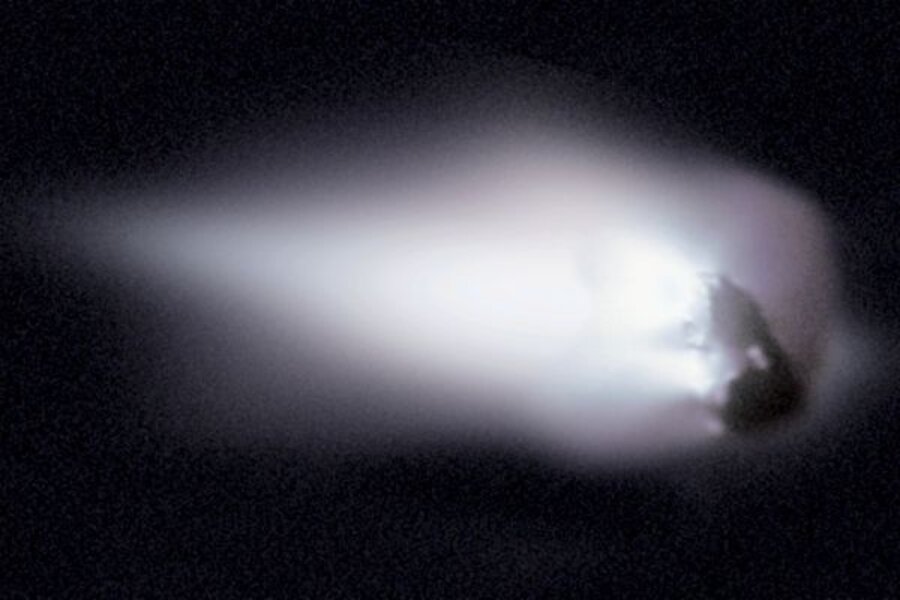Make way for meteors! The Orionids are coming!
Loading...
If you don't have much on your calendar around 1 a.m. to just before sunrise Wednesday morning, grab a hot beverage of your choice and check out the Orionid meteor shower.
It's expected to peak about then, with perhaps as many as 60 or more meteors an hour flitting across the sky. Trace their streaks of light backward. If they point to a spot not far from the constellation Orion's right shoulder -- formed by the star Betelgeuse -- you've just bagged an Orionid.
You can find a couple of useful sky maps -- one for the northern hemisphere, the other for the southern -- here.
The Orionids are one of two meteor showers each year generated by debris from Halley's Comet. Halley's last graced us with it presence in 1986, when space agencies around the world marshaled a small squadron of spacecraft to study the comet.
Halley is a short-period comet that swings by the sun, then heads out just beyond Neptune before it hangs a U-ie and starts the trip inward all over again.
While watching a meteor shower is fun, try taking photos of it. The folks over at Space.com have a useful set of tips. When they cite film speed as ASA numbers, they are assuming you're using film. If you're using a digital camera, set your ISO rating to the same number, and you're good to go. ASA 400 = ISO 400, for instance.
Of course, the neat thing about digital cameras: You get near-instant feedback, especially as you test for the best exposure times for the amount of light pollution you may or may not face.
But don't forget to enjoy the scene, even as you try to photograph it. Fewer regrets that way.
I was at the Kitt Peak Observatories one evening at sunset, standing on a catwalk surrounding the peak's 4-meter Mayall Telescope.
The telescope operator and I were waiting for the famous "green flash" that can appear as the sun dips below the horizon on a clear evening. I'd never seen one before. He had, and he said conditions were perfect for it.
I had my camera at the ready, waiting for his: Now! He saw it, shouted it out, and I pressed the shutter release. No green flash in the image, and I missed the opportunity to see it sans camera. Sigh...





